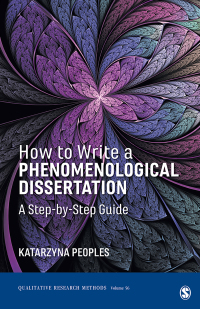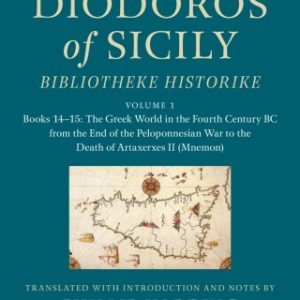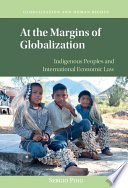Buy How to Write a Phenomenological Dissertation: A Step-by-Step Guide 1st Edition PDF ebook by author Katarzyna Peoples – published by SAGE Publications, Inc in 2021 and save up to 80% compared to the print version of this textbook. With PDF version of this textbook, not only save you money, you can also highlight, add text, underline add post-it notes, bookmarks to pages, instantly search for the major terms or chapter titles, etc.
You can search our site for other versions of the How to Write a Phenomenological Dissertation: A Step-by-Step Guide 1st Edition PDF ebook. You can also search for others PDF ebooks from publisher SAGE Publications, Inc, as well as from your favorite authors. We have thousands of online textbooks and course materials (mostly in PDF) that you can download immediately after purchase.
Note: e-textBooks do not come with access codes, CDs/DVDs, workbooks, and other supplemental items.
eBook Details:
Full title: How to Write a Phenomenological Dissertation: A Step-by-Step Guide 1st Edition
Edition: 1st
Copyright year: 2021
Publisher: SAGE Publications, Inc
Author: Katarzyna Peoples
ISBN: 9781544328362, 9781000293913
Format: PDF
Description of How to Write a Phenomenological Dissertation: A Step-by-Step Guide 1st Edition:
In an era where assessment mandates tend to minimize or dismiss individual differences and creativity, resulting in punitive outcomes or inertia, this essential guide provides teachers with a collaborative approach to assessment that emphasizes the importance of bringing children and families into the process. Now in its second edition, Assessment of Young Children explores both standardized and authentic assessment, work sampling systems, and observation skills. Fully updated with current standards and research, this new edition also features an enhanced focus on trauma-informed practices, culturally and linguistically diverse learners, and family involvement. Lively and engaging, chapters help readers cultivate developmentally appropriate practice, create appropriate expectations, examine and celebrate children’s work, interact in groups, and improve their reflective teaching. Accounts of real experiences from children, families, teachers, and administrators provide on-the-ground models of assessment strategies and demonstrate how children are affected. Exploring a variety of ways to observe and assess young children in their natural environments, this critical volume encourages an assessment strategy where the child remains the focus and collaboration with children, families, and colleagues creates an image – not a diagnosis – of the child that is empowering rather than constraining.





